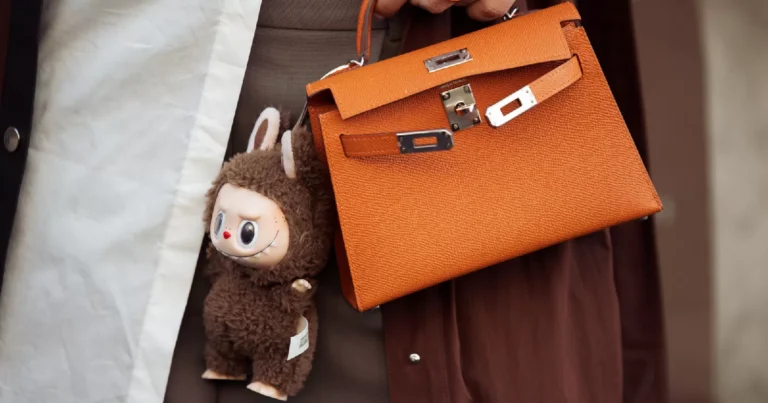The case of Labubu and the collaborations of the creating company Pop Mart with fashion brands is booming, even though we are probably already witnessing its decline. Consumer trends aside, the famous little doll helps us better understand the relationship between fashion and toys: as studies, research, and even past exhibitions and documentaries have shown, dolls like the Labubu have the power to become emotional surrogates. Perhaps we seek comfort in replicas, in the miniature, to which even fashion is not immune. The exhibition Surrogates. An Ideal Love, held at the Osservatorio of Fondazione Prada in 2019, represents a perfect starting point to address the topic. After all, human beings have always been obsessed with the creation of their own replicas or, more generally, of fetish objects with human features. The exhibition at the Osservatorio of Fondazione Prada thus celebrated the surrogate as a doll ready to act as a replacement for the human being, with images by Jamie Diamond and Elena Dorfman telling the stories of those who had chosen to live with a toy to cope with a loss or replace a bond. The catalog itself opens on the role of the mannequin in surrealism – for the movement, it represented the quintessence of commerce – offering a perfect transition toward the language of fashion. Since the founding of French haute couture, dolls have been used for the creation of garments, with small wooden mannequins used to circulate new models among European courts. They were also precious tools for visionary designers like Madeleine Vionnet, who experimented with draping directly in scale to observe the fabric’s three-dimensional response. But, with a leap in time, dolls also inspired full collections, such as in the case of Belgian designer Martin Margiela.
«As a child I enjoyed changing the clothes of dolls,» the designer recounts in the documentary Martin Margiela: In His Own Words. One day, he asked his grandmother to help him recreate a dress he had seen on TV – by Courrèges – for his Barbie, a study on the miniature body that led him, years later, to the conception of one of his most popular collections. The FW 1994–1995, titled Clothing Reproduced from a Doll’s Wardrobe, used the anomalous proportions of toys as the foundation for a disorienting aesthetic. Oversized buttons, exaggerated zippers, non-anatomical cuts: everything helped highlight the unrealistic idealization inherent in doll clothing. Even Barbie herself had a long relationship with contemporary designers: the historic company collaborated over the years with various brands to produce limited editions, from Balmain to Berluti. But it was in 2009 that the rarest Barbie was released, the first dressed by Rei Kawakubo as part of the Jingle Flowers collection by Comme des Garçons, designed for the holiday season. A sleeveless silk dress, decorated with a floral print inspired by the collection, with a characteristically asymmetric skirt. This Barbie was part of the Barbie Collector Platinum Label line, and it can still be found on the secondary market at prices far above the original £225.
In 2008, the duo Viktor & Rolf worked on one of the most surprising fashion retrospectives ever hosted at the Barbican in London: The House of Viktor & Rolf, conceived as a real dollhouse. Made by a specialized Belgian manufacturer, the dolls combined typical elements of 19th-century European toys such as French biscuit porcelain faces, complete with human hair, and German papier-mâché bodies. The house was perfectly integrated into the brutalist spaces of the gallery, with double-height volumes and rooms arranged on a complex mezzanine. Inside, the Dutch duo placed miniature mannequins resembling Victorian dolls, dressed in scaled-down reproductions of garments with impeccable sartorial precision. On the upper floor, proportions flipped: the same figures seemed to grow to human size, generating a disorienting effect in the audience, a perceptual play between fairy-tale lightness and surreal unease.
Finally, for SS24, Marc Jacobs turned his runway show into a gigantic game of proportions: everything – from the models to the clothes, even the false eyelashes and furniture – looked like it came out of a dollhouse. The rigid silhouettes, bell-shaped skirts, and exaggerated volumes recalled cut-out paper dolls’ clothing, but reinterpreted in a couture key, with an aesthetic halfway between disturbing kawaii and pop tribute. The exaggerated makeup, cardboard wigs, tiny shorts, and oversized sweaters created figures suspended between childish innocence and post-human icons. In short, whether it’s plush toys hanging from bags, models made up like dolls, or dolls dressed like models, the dollified aesthetic and social trends bring us back to one big question: is fashion just one big game for adults?


